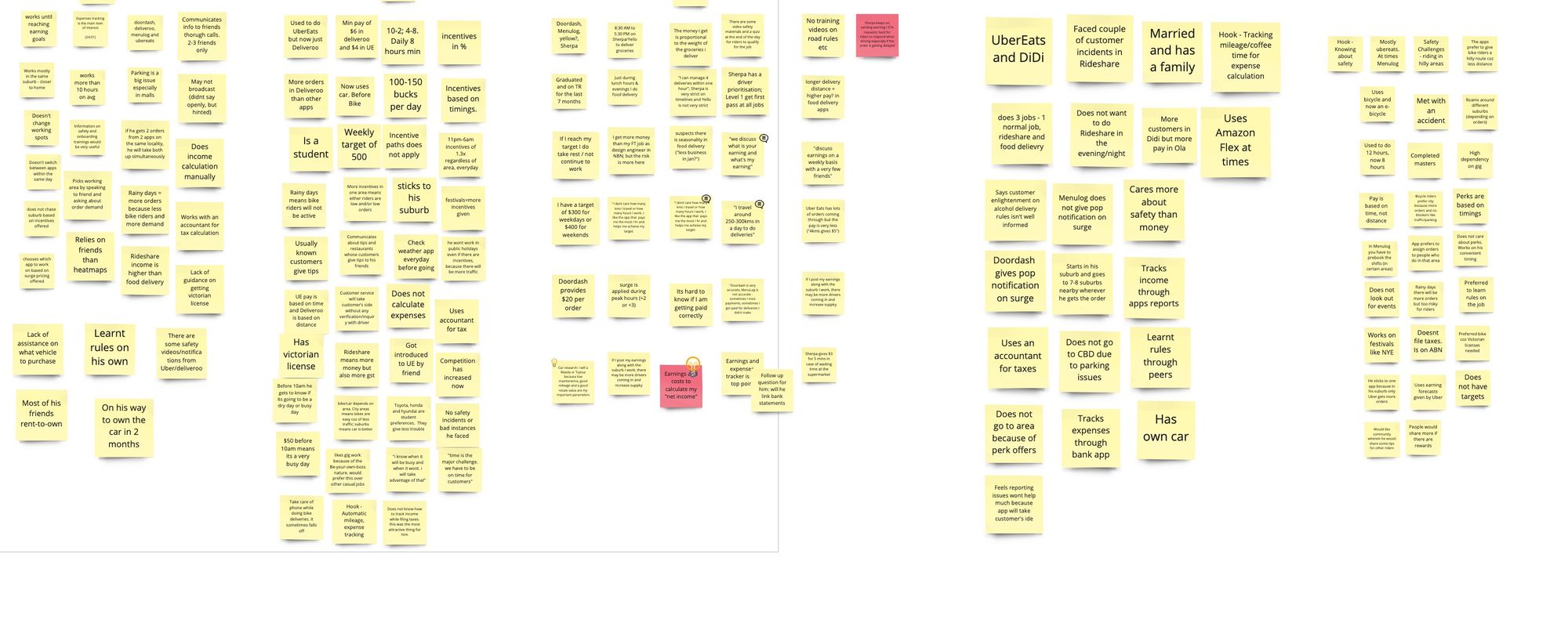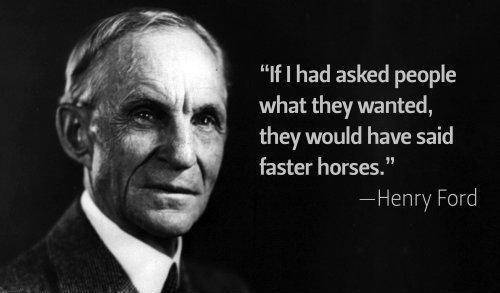How to get your first 100 users?
This post will lay out the steps I took at MyGigsters to attract our first 100 early users in less than four weeks.

Without a product or solution
Build a community around the problem you are trying to solve by provided information value. Once the build is grown to over 300 members, ask for help and interview at least 150 members in the community. Based on the customer discovery interview, identify the problem and develop a solution that is at least 4 times better than the current alternative. Share the solution with your community, get feedback, tweak the solution and invite for early access.
This post will lay out the steps I took at MyGigsters to attract our first 100 early users in less than four weeks.
One of the biggest reasons startups don't succeed is that they fail to acquire customers/users early.
I see the startup journey in two phases
- Problem-Solution fit
- Solution - Market fit
Problem-Solution Fit
A startup is all about solving a problem for the user. It is super-important that you understand the problem faced by the user and come up with solutions that would solve the pain point.
Watch this video from Avni Patel talking about the importance of solving a problem.
How did I cross this phase of problem-solution fit?
For MyGigsters, we took the approach of building a community first. MyGigsters is all about the community, therefore we decided to build a community-driven fintech platform for gig workers.
In my opinion, every startup should think about building a community around the purpose of their startup.
E.g. If you are building a platform for personal finance, before making the product, start a community of individuals interested in getting better at personal finance. You will be surprised to see the power of a community.
Read this blog on Why Startups should care about building Community
Three steps to get started with a community
Step 1 - Identify where your ideal users' hang out: This could be social media platforms such as LinkedIn, Facebook, Instagram, Reddit, or social groups like Meetups or social clubs. Please pay attention to what you are going to talk about and find the place that works.
For example, if you are selling a smart exercise machine like weighted hoops (like the one below) for working women.

Would you target on LinkedIn, Instagram, or Facebook?
Though your audience may exist on LinkedIn, they interact with such products and topics on Facebook.
Step 2 - Start building your community by providing tons of informational value and answering questions from the members. Be consistent and authentic with your members and go above and beyond to nurture the community.
Read this blog post on how to create a Facebook group
Step 3 - When your community organically grows to over 200 members, you can start reaching out to them for a 30 mins short interview call.
Target at least 100 interviews 😁
What to ask in the interview?
Just ask about their day in life and specifically ask about the challenges, problems, pain points they face around the topic of the community. For example, ask about the challenges in personal finance.
Your objective here is to gain as much information as possible, about the problem the user faces.
Some of the questions you can ask.
- What are you trying to achieve, and what challenges are you facing?
- How painful is that problem for you?
- Why do you need it to be solved?
- How soon do you want to get it solved?
- What alternative are you currently using to solve it?
- What is your emotional driver to get that job done?
- What is the impact of not achieving your goal or not getting the work done?
Once you have collected the response, thank the community member for the time, and request if he/she would be okay to spend another 30 mins sometime in the coming weeks. Promise it will be short. (let's talk about the second interview below)
Solution - Market Fit
Assess all the information you collected from the interviews and prepare a canvas for you to brainstorm the best approach to solve their pain points. Pick the top three most painful problems and develop your best solution for them.

Remember, your solution has to be at least FOUR times better than the current solution. Watch this video below and thank me later 😁
Once you are confident about the solution, write it up or draw it on paper and call your community member for the second interview.
In the second interview, tell them that you have been thinking about the problem and working on a solution that you believe can potentially solve their challenge. Share the solution (not sell) with them and get their feedback on what they think about this solution?
- Do you think this will solve your problem?
If Yes, Great
- Why do you think it will solve your problem?
- How often do you think you will use this solution?
- Would you pay for such a solution (if it exists)?
- If something is added to this, what other problems will be solved with this solution?
Ask the user, Do you like to participate as an early access user when this is built as a prototype? I want to share the journey with you and test it and give feedback and suggestions. 9 out of 10 times, you will get a yes at this point
If No, Nice
- Why do you think it will not solve your problem?
- What do you think is missing?
- What do you like to add that can be used to solve your problem?
Go back to the drawing board and tweak your solution. Share the update solution with the user again. Do this until you get a Yes 👍🏻
Suppose you have consistently interviewed and built a solution using the community members' feedback at this stage. You are guaranteed to organically get your first 100 super-engaged and passionate early access users to use your solution even before starting the development of the product.
At MyGigsters, we onboarded 60+ early access users through our new community (150 members at that point) within two weeks.
Understand your users
While the organic acquisition of users is great and building a community is incredible, you should also consider learning about your user persona in detail.

The more you know about the users, the more you can build the solution they need. As a startup founder, you need to understand the problem from the users, but invent the solutions. Users wouldn't know what they want.
Use paid acquisition to your advantage.
I set out a paid acquisition campaign on Facebook for just $50 to understand user demographics and collect data about people interested in my solution beyond my community. The information collected as part of the campaign was very useful in drawing a more detailed user persona.
I hope this post gives you a quick glimpse into customer acquisition strategy and the benefit of building a community-driven solution. Building a community and letting them use your product builds great relationships, strength, uniqueness, and high competitive advantage compared to similar solutions in the market.
Stay tuned to this space if you want to learn how to use paid acquisition to your advantage.
Go by your community today and tomorrow your community will go by you
Exclusive to the readers of this post 🤩
If you want to get your first 100 users and need help, Don't worry, I have got something for you.
I am working with a smart growth hacking team at Gufy. They are willing to give you 30 minutes of free strategy consultation on how to get your first 100 users quickly and effectively.
Book a free session now by clicking the image below 👇

Please share your thoughts in the comments below. Do share this post with your friends who are at an early stage of their startup journey.
SideGig Newsletter
Join the newsletter to receive the latest updates in your inbox.



